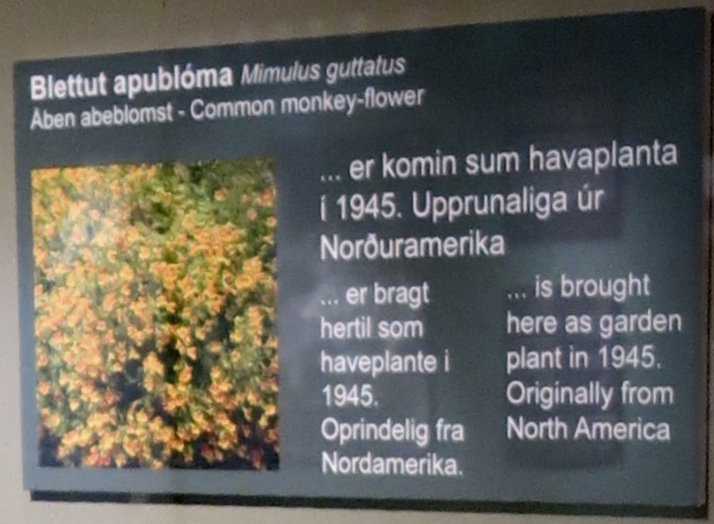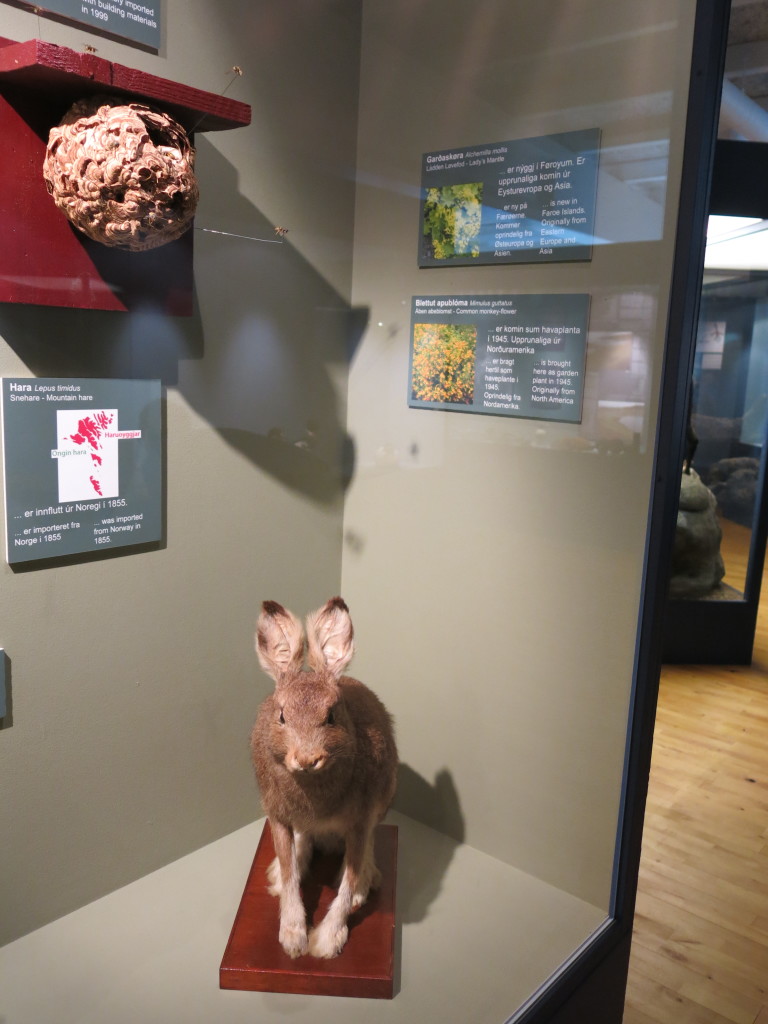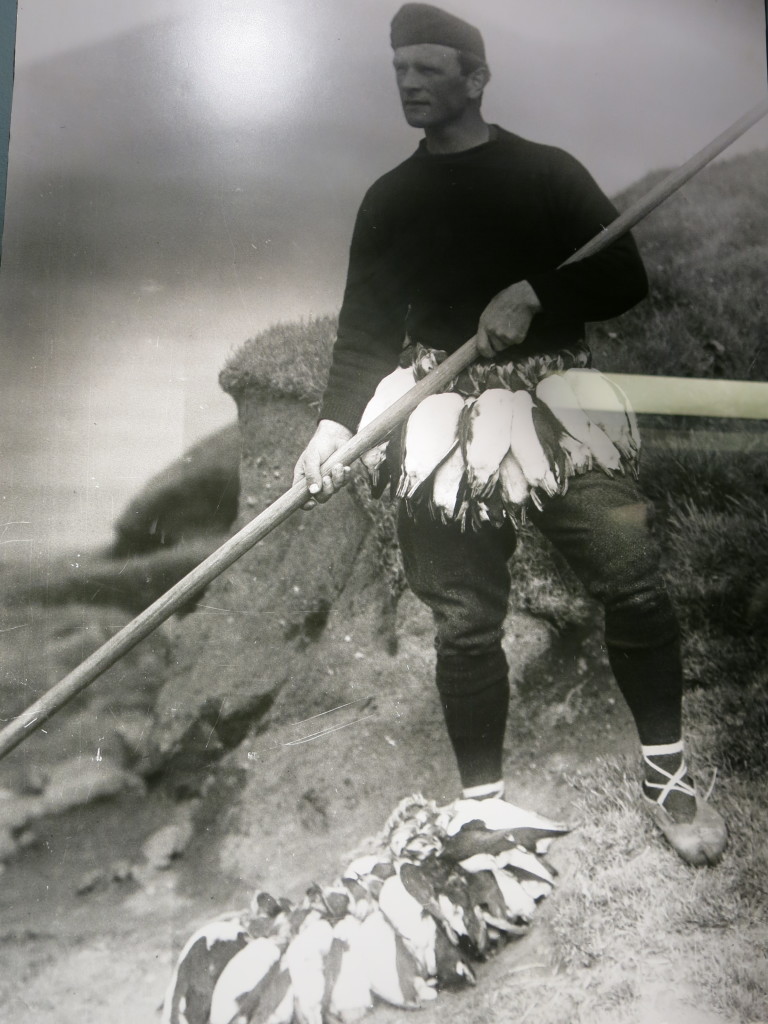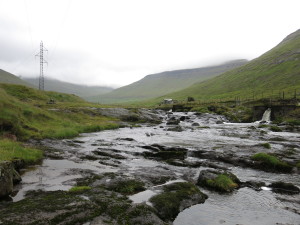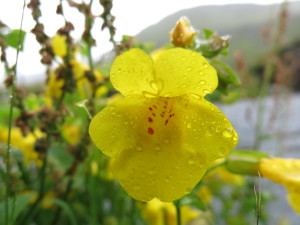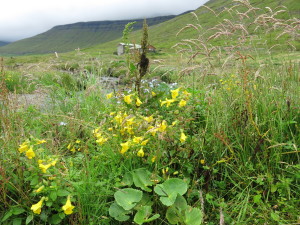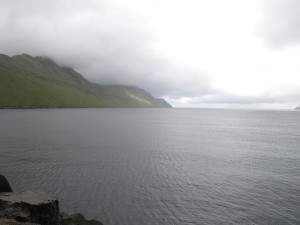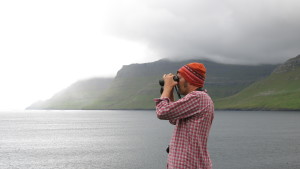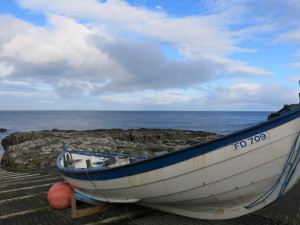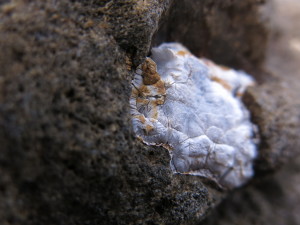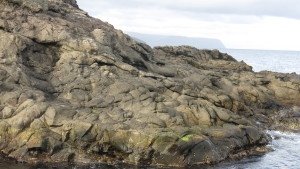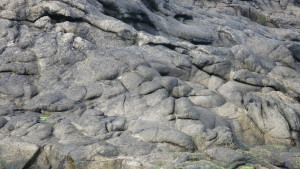Tórshavn is the capital of the Faroe Islands. It is located on the east coast of the Island of Streymoy. The city was settled by Vikings who named it in honour of Thor. We stayed in town in a small but comfortable cabin with one bed and one sleeping sofa. Besides providing a place to dry out after being drenched in the infamous wild and wet weather of these islands, our cabin was also the perfect place to sort and organise the monkey flower samples that eventually would accumulate and fill all empty spaces.
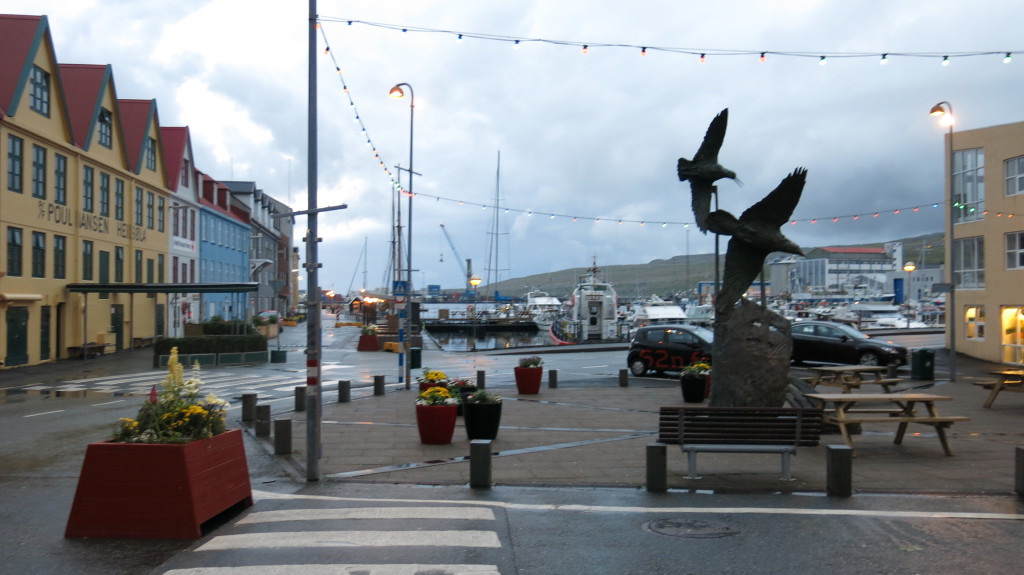

Day 2. Natural History Museum, Tórshavn.
On 9 August 2013, our first stop was the Herbarium of the Natural History Museum of the Faroe Islands. Here we met Dr. Anna Maria Fossa, the Head of the Herbarium who had kindly agreed to find out more of the history of Mimulus on the islands. Looking through herbarium sheets we found a few key insights: Mimulus may have arrived to the Faroes in the 1920-1940s, probably from Iceland (Vallejo-Marin, unpublished). Probably the first arrival had been M. guttatus, whose common name in Faroese is “blettut apubloma“. After a good chat with Anna Maria, we walked the garden and saw some of the endemic species of the islands including a type of dandelion.
After the herbarium we also visited the Natural History Museum’s public exhibitions. It was fantastic to learn about the history and nature of the islands.
Sampling in Skálabotnur
The long summer days at 62° north meant that we could carry on sampling and exploring in the afternoons. On the afternoon of 9 August we stopped by a river just before entering the town of Skálabotnur, in the Island of Eysturoy [map]. Skálabotnur is a towards the end of the fjord of Skálafjørður, or King’s Harbour (Kongshavn). In this river, we found what appeared to be M. guttatus. Although most plants had no mature fruits, flowers produced an abundant amount of viable-looking pollen, and we collected a few immature fruits that looked set to produce good seeds.
This was going to be the first of only two sites where we confidently found M. guttatus. We will gradually realise that the sexually fertile M. guttatus, was considerable rarer than both the copper- and the spotted-coloured sterile hybrids.
After sampling we were treated to some stunning view of the fjords, a bit of blue sky, and some local fauna.
In the way back we saw the spotted-coloured morph near Leynar in Streymoy. We arrived back to Torshavn around 9pm.
